Mackay’s Collections
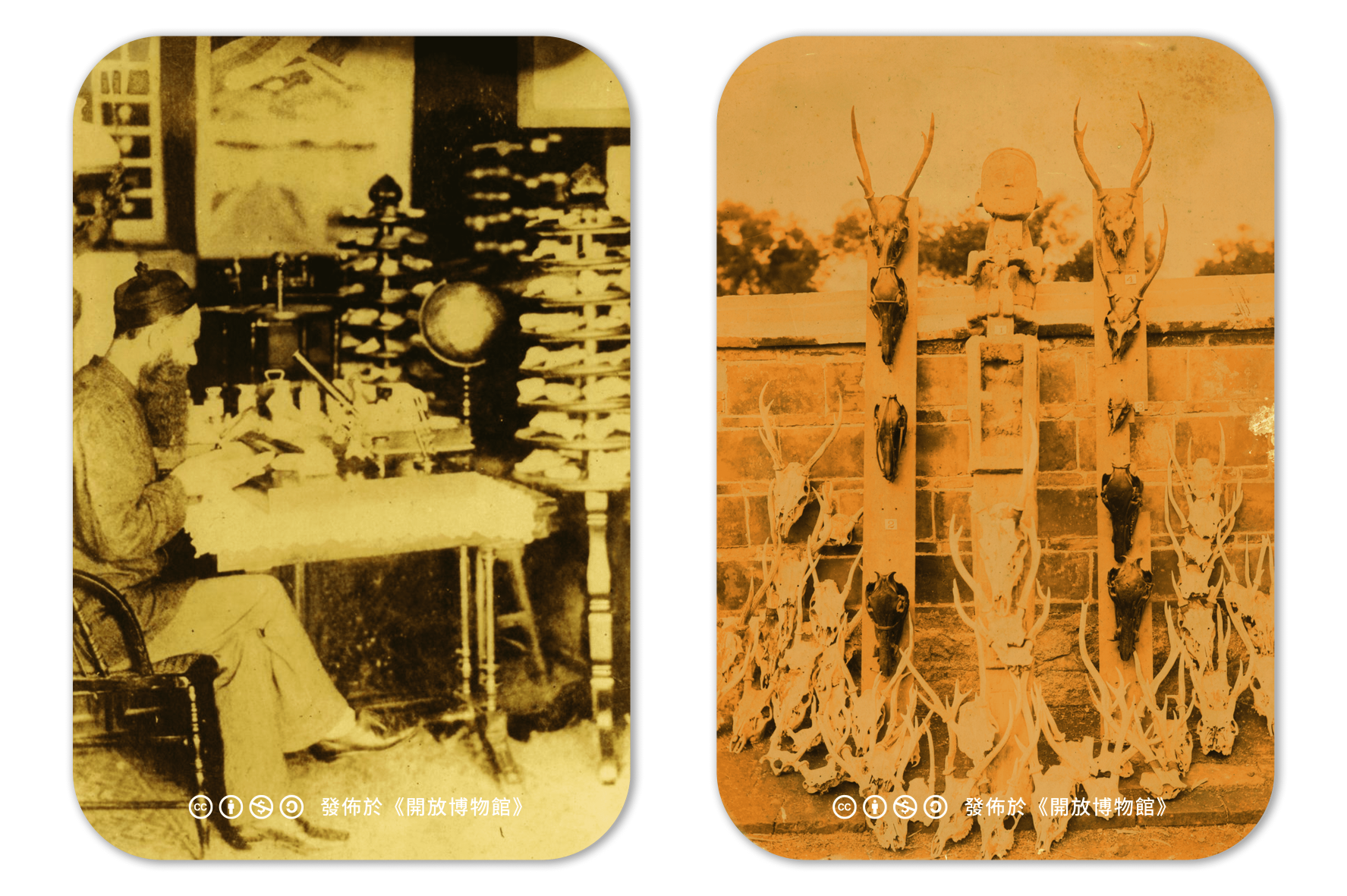
▲ Photographs of the Museum from Mackay’s Home/Source:《Open Museum》
The first theme of the collection
【Idols given by believers】
From left to right, the photos are Guanyin Bodhisattva, Xuantian God, Tianshang sheng Mazu, Land Gong, Third Prince Nezha, and Shennong The Great.
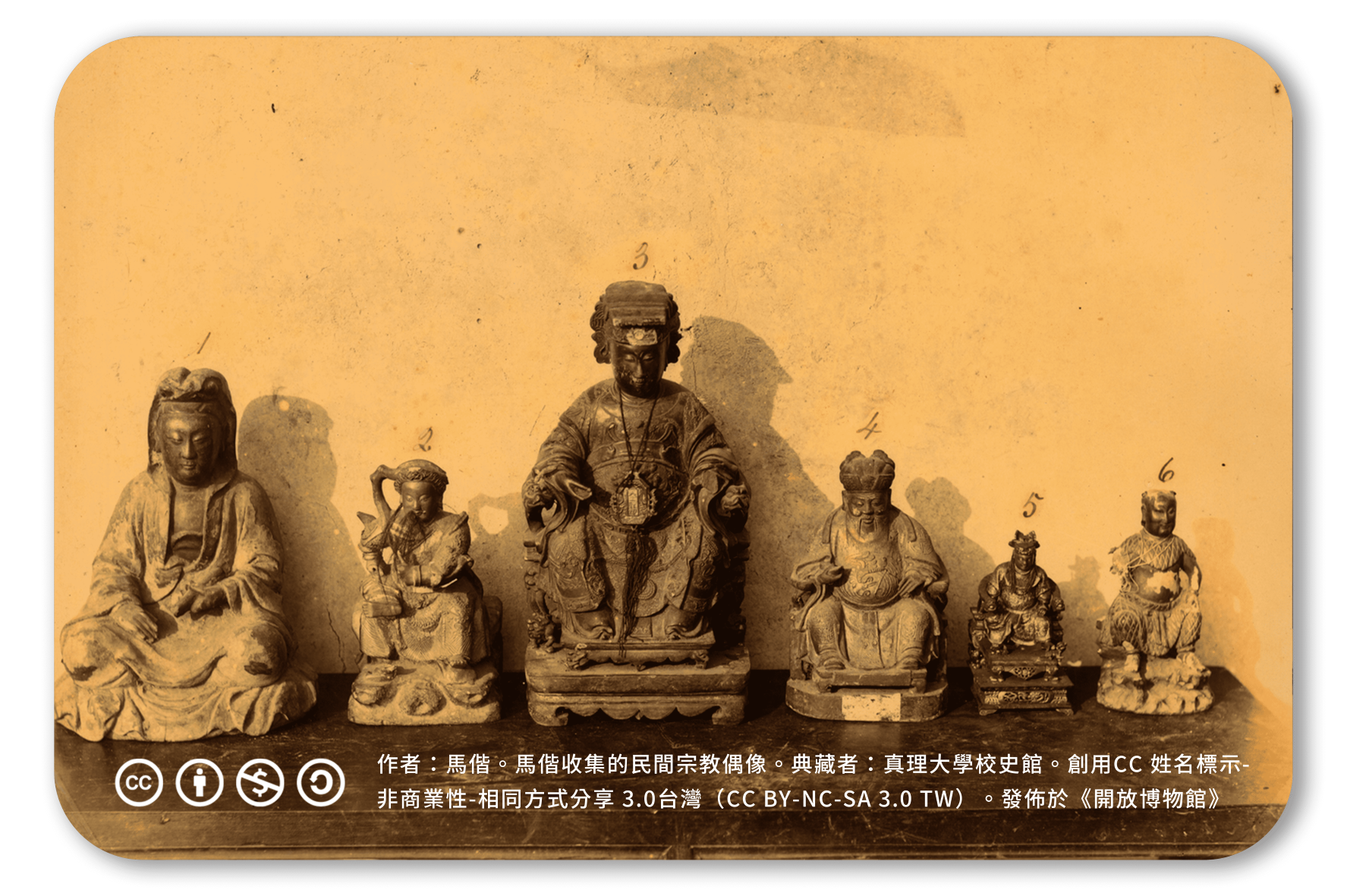
The second theme of the collection
【Mackay collects cultural relics of Taiwanese Plains Indigenous Peoples】
Among the plains indigenous people cultural collections of the Mackay, the cultural Relics of Kebalan are the most numerous, such as the Taoist wooden rune tokens, lion-headed beast cards, wooden handle snakes whips, carved bamboo pillows, talc pen washes, and many other cultural relics.【The movement of the Mackay’s collection in foreign countries】
Because of the need to present the main physical evidence of the impression of Taiwan to the elders of the Diocese of Canada, many of the collections were donated to the Roxbury Community College in Toronto on his second return to Canada in April 1893, because in 1905 the Roxbury Community College merged with the University of Toronto, so the collection is now on display at the Royal Ontario Museum in Toronto, Canada.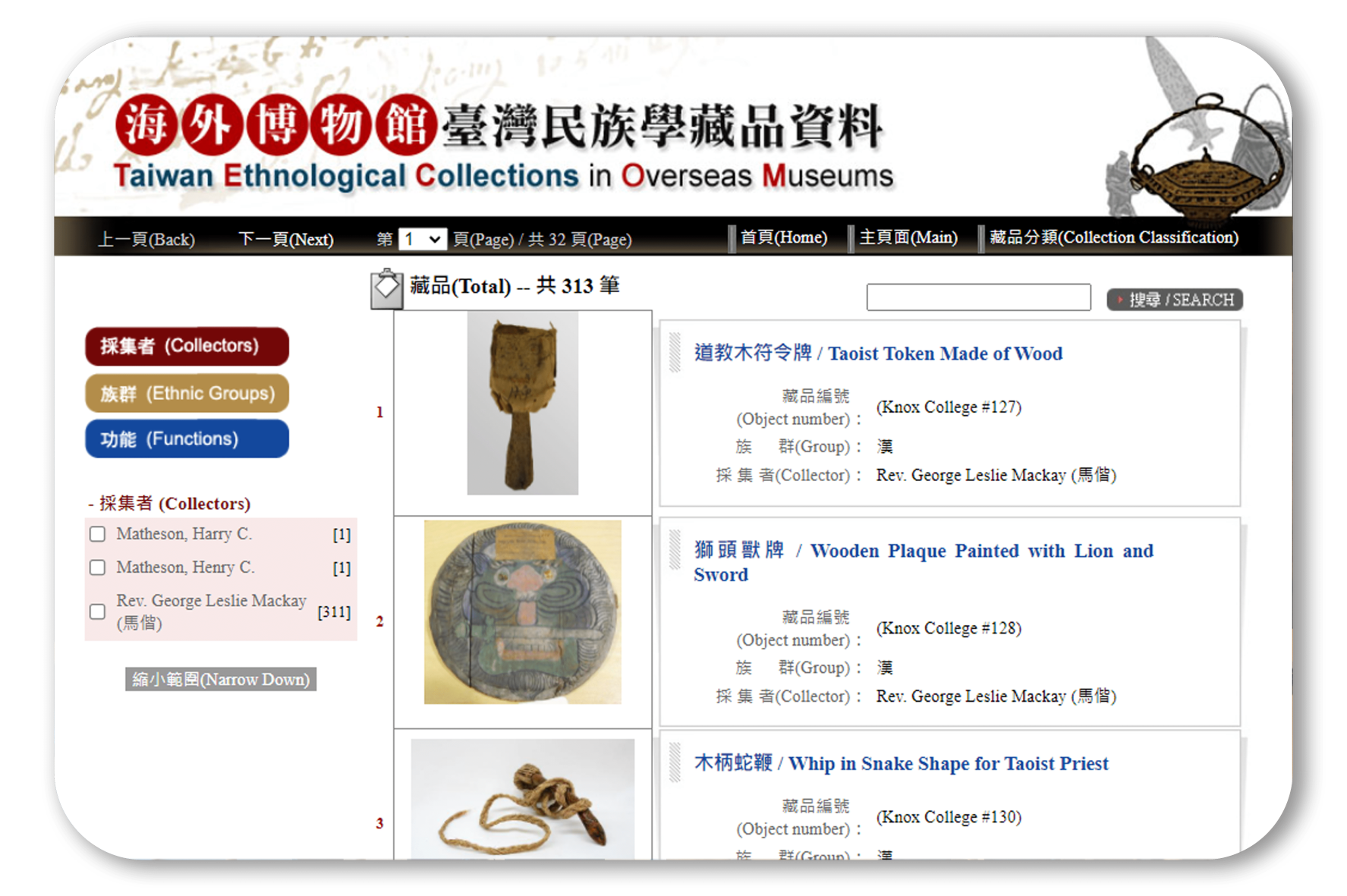
▲ Source:《NTU Digital Tecom》
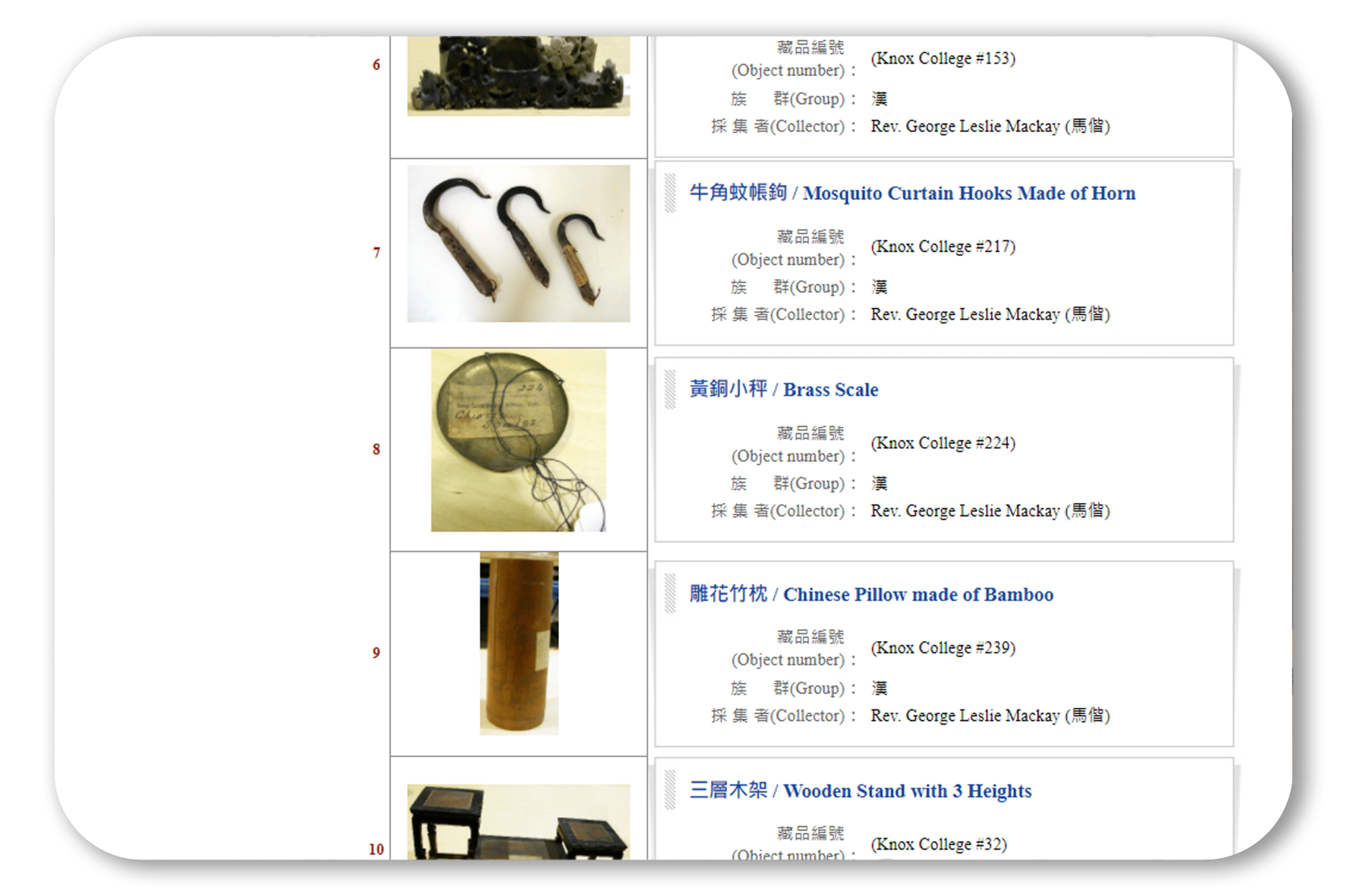
▲ Source:《NTU Digital Tecom》
【The source of the Mackay collection】
Most of these collections were collected by Mackay and donated by believers during his missionary journey, and because Mackay would pass through the indigenous tribes on the way to preaching, more than 2/3 of Mackay's collection was the relics of the aborigines, and most of these aboriginal artifacts were from the Kbalan tribe.【Classification of the Mackay collection】
In addition, the following is Mackay's classification of the Taiwan ethnic groups at that time. Mackay divided the Taiwanese into Chinese, aborigines, of which Mackay divided these two ethnic groups into several different language groups.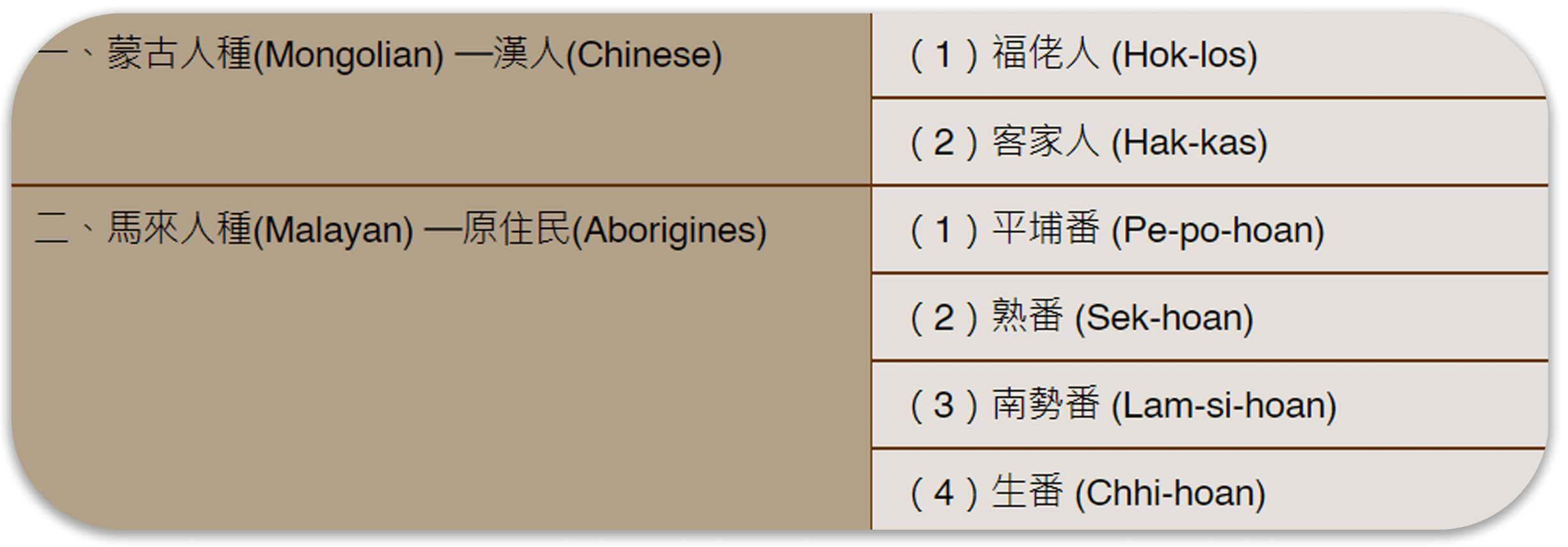
▲ Mackay's view on the classification of Taiwan's ethnic groups/Source:《NTU Digital Education》

▲ An analysis of the types of artifacts in Mackay's Taiwan collection/Source:《NTU Digital Education

Referring URL:Open Museum|NTU Digital Education